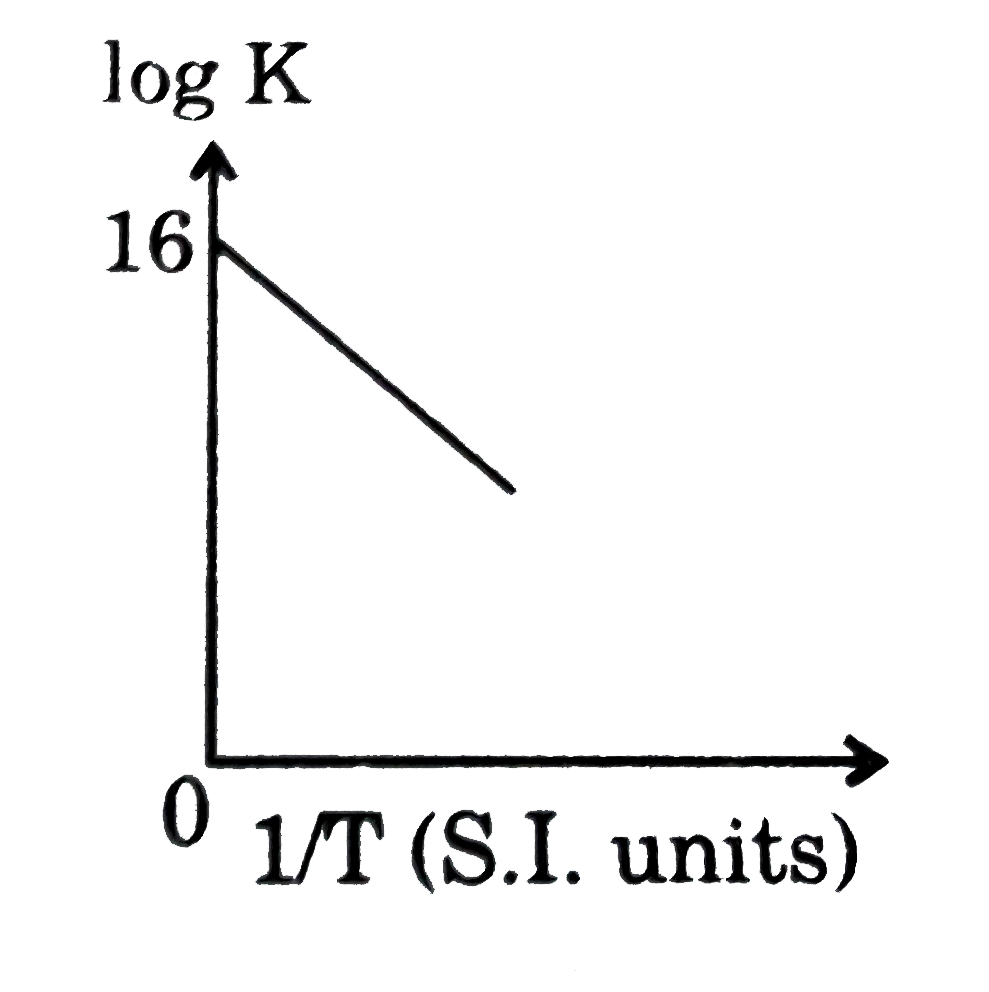For a first order reaction, the half life is 50 sec. Identify the correct statement form the following. Solution in Telugu
the reaction is almost complet in 500 sec
the same quantity of reactant is consumed for every 50 sec of the reaction
quantity of reactant remaining after 100 sec is half of what remains after 50 sec
All the above three
The correct Answer is:C
10050sec−−→5050sec−−→25
Topper's Solved these Questions
- BOOK - AAKASH SERIESCHAPTER - CHEMICAL KINETICSEXERCISE - PRACTICE SHEET-2 (LINKED COMPRHENSION TYPE QUESTIONS)6videos
CHEMICAL KINETICS
- BOOK - AAKASH SERIESCHAPTER - CHEMICAL KINETICSEXERCISE - PRACTICE SHEET-2 (MATCH THE FOLLOWING QUESTIONS)2videos
CHEMICAL KINETICS
- BOOK - AAKASH SERIESCHAPTER - CHEMICAL KINETICSEXERCISE - PRACTICE SHEET-1 (INTEGER ANSWER TYPE QUESTIONS)6videos
CHEMICAL KINETICS
- BOOK - AAKASH SERIESCHAPTER - CHEMICAL KINETCSEXERCISE - EXERCISE - 3.245videos
CHEMICAL KINETCS
- BOOK - AAKASH SERIESCHAPTER - CHEMICAL THERMODYNAMICSEXERCISE - Additional Practice Exercise54videos
CHEMICAL THERMODYNAMICS
Similar Questions
Elemantary unimolecular reactions have first order rate laws, elementary bimolecular reactions have second order rate laws. A rate law is often derived from a proposed mechanism by imposing the state approximation or by assuming that there is a pre -equilibrium. A proposed mechanism must be consistent with the experiment rate law.
The decomposition of O3 obeys the mechanism give below
Step 1: O3⇔O2+(O) (both forward and backward reactions are fast)
Step 2: O3+(O)slow−−→O2+O2 (ignore) backward reaction), the rate of reaction is given by00:54View SolutionMatch the following columns
 View Solution
View SolutionIn a gaseous phase reaction A2(g)→B(t)+1(1/2)C(g), the increase in pressure from 100 mm to 120 mm is noticed in 5 minute.The rate of disappearance of A2 in mm min−1 is
02:11View SolutionDiscuss on the kinetic spontaneity of a chemical reaction. Is a slow reaction spontaneous? Why?
03:33View SolutionWhich among the following is not an exact differential?
03:48View SolutionThe rate constant for a first order reaction whose half life is 480 sec, is :
03:06View SolutionFor any first order reaction following observation is made. If at temperature (T) half life of the reaction is 6930 sec. and at temperature (T') half life of the reaction is 0.693μ sec. then, calculate T'T.
 View Solution
View Solutionthe half life of the first order reaction is 346.5 sec the rate constant for the reaction is
01:25View SolutionThe half life of a first order reaction is 69.35 sec. The value of the rate constant of the reaction is
01:25View SolutionThe half-life period of a first order reaction is 100 sec. The rate constant of the reaction is
01:14View SolutionThe specific reaction rate of a first order reaction is 0.347 times 10^–3 sec^–1 . The half life period of the reaction will be :
01:27View SolutionFor the half-life period of a first order reaction, which of the following statements is false?
01:51View SolutionThe half life of a first order reaction is
02:31View SolutionThe half life of a first order reaction is
01:46View SolutionA first order reaction has rate constant of 10−2(sec)−1. Calculate the half life period for this reaction.
01:58View Solution

